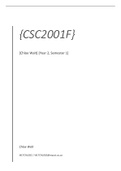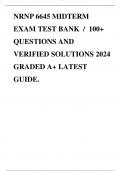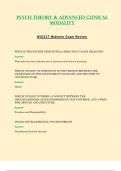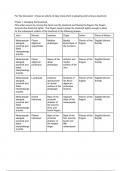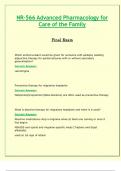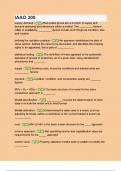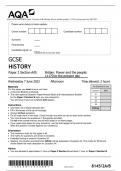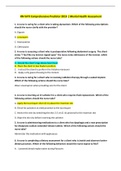Summary
Summary CSC2001F SQL databases: commands, ER notation, normal form theory, dependencies, locking, deadlocks and more.
- Module
- Institution
This summary covers everything you need to know about SQL and its commands. It goes through optimisation and ACID properties, as well as entity relationship notations and schemas. They cover database design, normal form theory, functional dependencies, as well as complex concepts such as locking, s...
[Show more]
